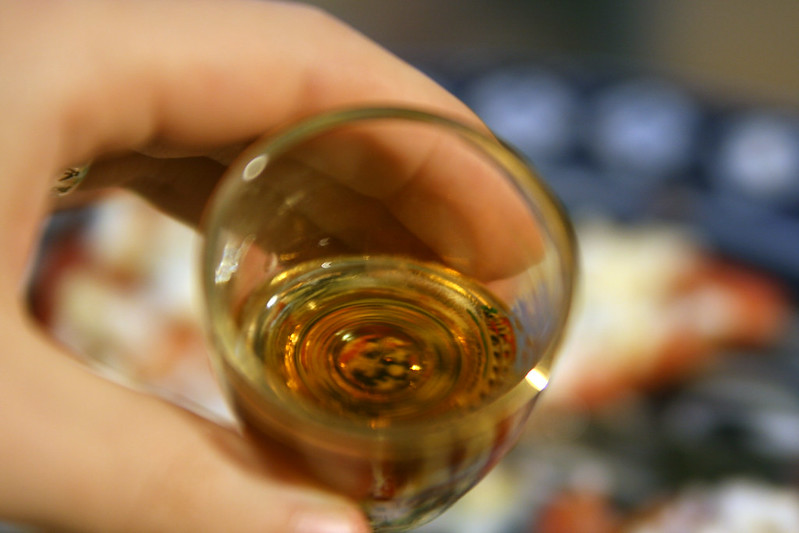Wine/beer/spirits - part 2: Thirsty in Central Europe
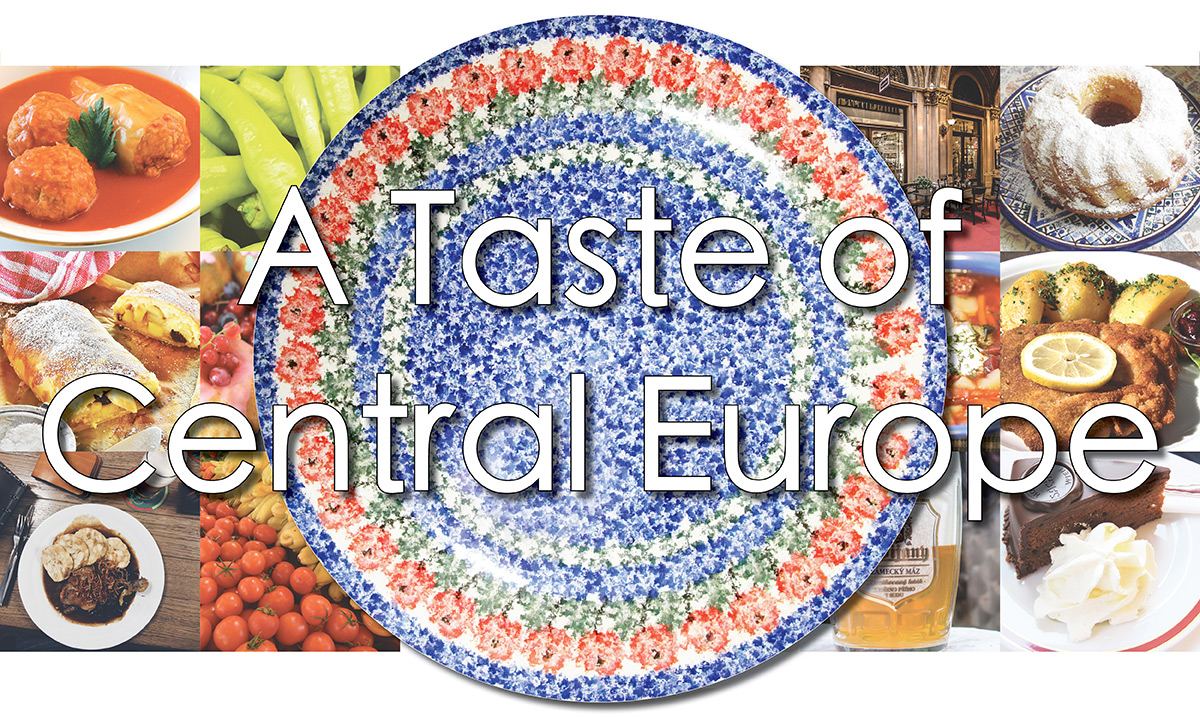
Over the past couple of months, we have tried to introduce you to as many yummy foods and recipes from Central Europe as possible. Some hardly needed an introduction – hello again schnitzel and pierogi! – others may have been a little less familiar. Take the Túrós csusza for example. It is highly unlikely that someone from outside of Hungary is familiar with this delicious cheese dish. The same unfortunately can be said for some of the most iconic liquors, digestives and aperatifs produced in the region. It’s unlikely that you’ve ever tried them or even heard of them, but we sure hope this little introduction to one of these unique Central European gems will tempt you enough to give one of them a try during your next trip to the liquor store!
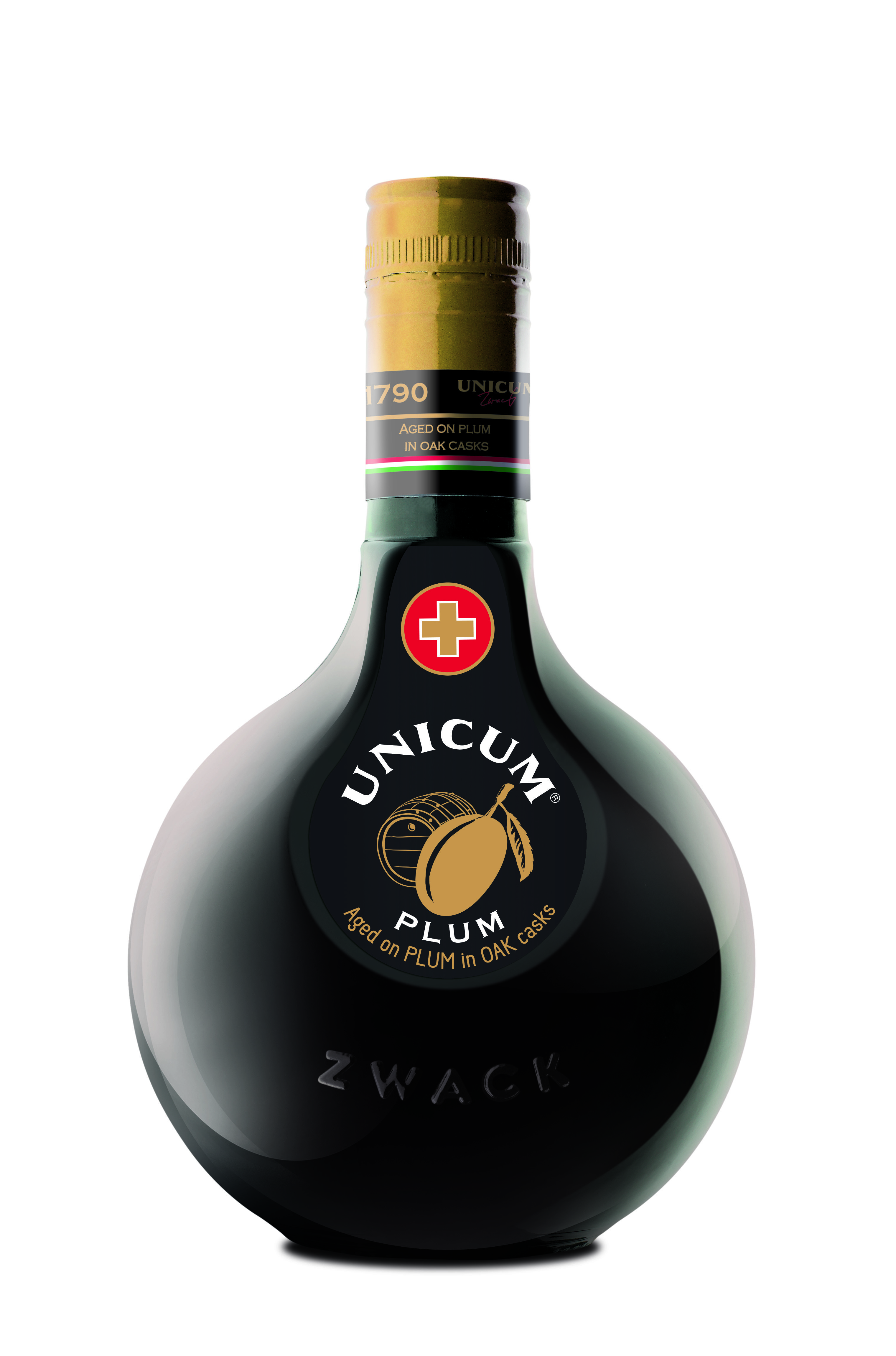
Did we say unique? So did Emperor Franz Joseph II apparently, enthusiastically commenting on the magical medicinal concoction served to him for the first time in 1790 by Dr. József Zwack, then the Royal Physician to the Habsburg Court - “Das ist ein unikum!” The Unicum now firmly occupies the place of the national drink of Hungary! Produced in Budapest by Hungary’s first liqueur manufacturer, the Zwack family’s J. Zwack & Co, the drink was originally developed by Dr. Zwack in an effort to aid the ailing emperor’s persistent digestive problems. Noted for its soothing effect on the stomach and the digestive track, the Unicum is an impossibly difficult drink to describe. A dark, deeply flavourful digestif which is at the same time bitter and yet still sweet, it is sometimes compared to other herbal liqueurs (Kräuterlikör) such as the world famous Jägermeister. But it is truly a flavour all of its own. Intended to be consumed neat, the Unicum can be served as both an aperitif - before a meal in order to stimulate digestion, or a digestif - after a meal in order to aid in the breakdown of dietary fats and carbs. The liqueur gets its truly unique flavour from a top secret Zwack family recipe of over 40 carefully selected herbs and spices from all over the world, with chamomile, aloe, ginger, and cardamom as just some of the herbs rumoured to be part of the formula. The finishing process includes and a rather lengthy ageing technique in specially crafted Hungarian oak barrels. The final result is truly incredible!
But what is now an absolutely iconic spirit in Hungary almost became extinct during the turbulent history of the company and the saga of the Zwack family. Passed on through generations the family-run business barely survived the turbulent 20th century. In the hands of Béla and János Zwack, the company struggled throughout the First World War and the inter-war periods, only to see the factory bombed by the Nazis on three different occasions during the Second World War. The family story goes that nothing but the cellars of the factory survived the bombings, only to have the large oak barrels stored in them appropriated by the Hungarian government in order to help rebuild the many destroyed bridges all over Budapest. Though the family did manage to rebuild and restart their business, the growth and success would not last long. In the late 1940s, Hungary’s then communist regime seized control over the company, the factory and all of the family assets in an attempt to nationalize all privately owned businesses. In an effort to salvage what they could, János bribed the Russian authorities to allow him to escape Hungary, taking with him the prized family recipe. Having sent his son Peter to Yugoslavia ahead of time, he managed to reconnect with him again in Italy from where the two would travel together to America as refugees. Interned for months on Ellis Island, the father and son were able to finally begin their lives again the United States. Béla, the other Zwack brother and business owner, was not so lucky. Forced to work in the factory his family once owned, he was pressured by the new communist owners to hand over the secret family recipe for Unicum so that the production for the liqueur could continue. Since the new owners weren’t too clever and didn’t understand the process of making Unicum at all, he was able to pass off a partial recipe containing less than half of the herbs and spices of the original drink than the authentic one. As members of the upper social elite, he and his wife were soon deported to the Puzsta (Hungarian Plain) from where they managed to escape to Italy, like Béla’s brother and nephew did before them. There Béla would partially re-establish the family business introducing Italians to the famed digestif. Sadly, decades of communist rule made it impossible for either of the brothers to return to Hungary, and both of them died abroad within weeks of each-other. It was Peter, János’s son, who finally managed the impossible - returning to Hungary in 1988, secret Unicum recipe in hand, and in 1989 purchasing his family business from the Hungarian state. The rest, as they say, is history. With business ties in the US and a solid understanding of branding and marketing, Peter Zwack rebuilt the family liqueur empire, to once again hold the status of the leading liqueur distiller of Hungary with over 15 million liters of the magical elixir sold worldwide every year. Considered a true national drink of Hungary, the Unicum and the Zwack family struggle has come to symbolize the justice and success which comes with dedication, perseverance and persistence in the fight against oppression! Now that is something worthy of a toast!
Egészségedre!
While, as you've seen, The Unicum recipe is a highly classified affair, there are yet plenty of Central European concoctions that are decidedly within reach of at-home alchemists. For centuries, these amateur mixologists have experimented with the flavours and ingredients around them to inspire some truly delicious liqueurs and spirits! Let’s continue our journey by heading a little further south to the sun-kissed shores of Croatia and get acquainted with a famous Balkan treat.
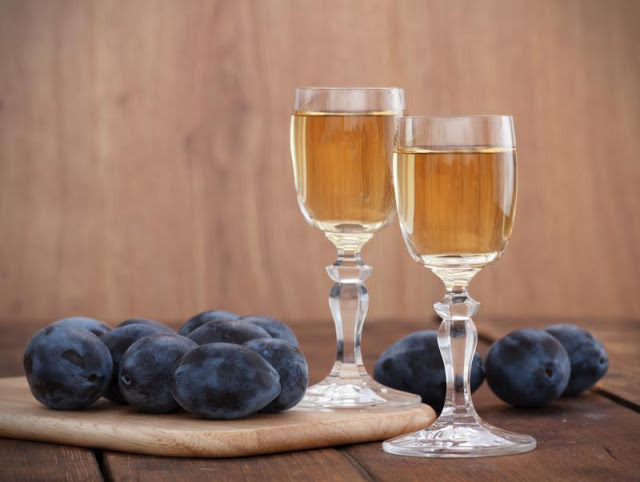
No warm Croatian welcome would be complete without a hearty sampling of homemade rakija! Rakija, in short, is a type of Balkan brandy that is made in a mind-bending assortment of flavours, colours, and intensity levels. It has been produced across centuries by generation upon generation of Croats, with family recipes passed down as treasured, closely-guarded secrets.
Rakija begins where Croatian winemakers leave off. With the arrival of fall and the abundant harvesting of grapes, a magical byproduct of the winemaking process provides the foundational ingredient for producing rakija: the potent distilled liquor that results from fermenting all those juicy grapes. Talk about zero waste! In fact, this clear, incredibly strong liquor can even be enjoyed as is — just don’t plan anything too ambitious for the morning after! However, why stop there when you can put your own unique twist on this homemade aperitif? Rakija is the perfect vessel to capture the essence of the Croatian edible landscape. Croatians are fond of infusing the liquor’s base with everything from lemon to honey (medica), fresh figs (smokvovača) or stonefruits like apricot (mareličarka), plums (šljivovica), or cherries (višnjevac), and even walnuts (orahavica) and assorted herbs (travarica). Each flavour infusion causes the rakija to take on a distinctive hue, from clear to rich amber to dark plum. What to do if you don’t happen to have a store of boozy, post-harvest byproduct handy? You can make your own version of rakija at home by using a base of plain store-bought rakija (or grappa, if rakija isn’t available). And then it’s up to you what twist of flavour you want to impart in your signature bottle. If you’re not sure where to start, take a look at our companion recipes to “spike” your inspiration. A word of caution: this is very potent stuff so please do experiment responsibly!
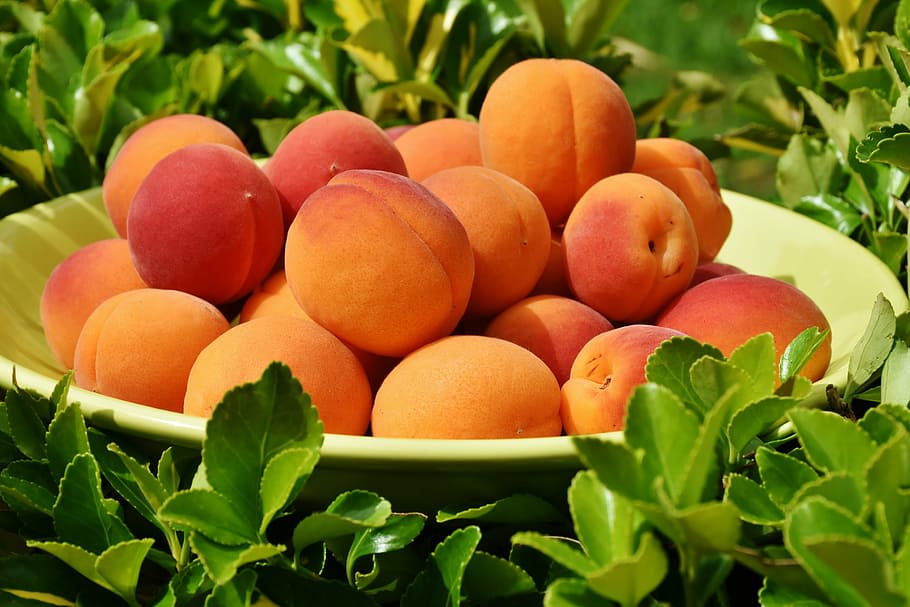
If you are not already knocked off your feet, let’s order another round of special Central European spirits! In much the same way as their neighbours further south, Polish families have spent centuries carefully crafting their own signature recipes for incredible liqueurs. And, similar to Croatia’s beloved rakija, the famous Polish nalewka is a delicious flavoured liqueur that actually tastes best when homemade! Nalewki come in an almost endless list of flavours, ranging from familiar tastes to unusual varieties like lily-of-the-valley (konwaliówkaall) and wormwood (piołunówka). Most often, though, you will find fruit-based blends like cherry (wiśniówka), plum (śliwówka), apricot (morelówka), black currant (porzeczkówka), and blackberry (jeżynówka). Coffee, honey, and spice-infused varieties like cardamom (kardamonka) or ginger (imbirówka) are also popular.
Nalewka is often enjoyed following a celebratory meal or on a special occasion and is served in petite glasses. Because of its exceptional and often complex flavour, it should be slowly sipped and savoured to appreciate the delicious taste and special care that went into producing it. Historically, nalewki were mostly crafted by the women of the Polish household. It was important to always have a store of nalewki on hand for several reasons. In additional to ensuring a proper welcome for your guests, certain varieties of nalewki were thought to be imbued with medicinal properties that could ease anything from fevers to stomach ailments (nalewka quite literally translates to ‘tincture’). Moreover, signature blends were also created by Polish families to mark the occasion of a child’s baptism or for eligible young ladies to offer as a personal token to the object of their affection.
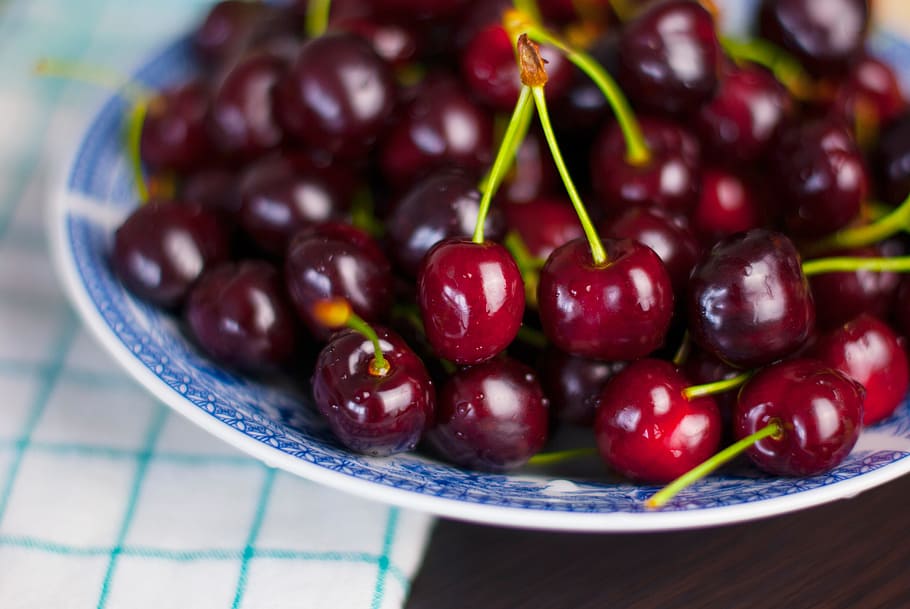
How does one create beautifully blended nalewki, you ask? For the alcohol base, feel free to use your preferred vodka. In Poland, it’s common to use a very strong type of rectified (or highly concentrated) spirit called spirytus rektyfikowany but a good vodka works just as well and will be easier to find in North America. A most essential ingredient in making an incredible bottle of nalewka, one with a symphonic explosion of flavour and complexity, is, well… time! Depending on your method, proper a nalewka takes several weeks of aging to allow the best flavour development. While recipes vary amongst families and from region to region, the basic process involves pouring alcohol over your fruit or flavourings of choice and allowing the concoction to macerate for about two months or more. Once time is up and the liquid has ripened into a beautiful boozy ambrosia, it’s time to strain and bottle your nalewka and enjoy!
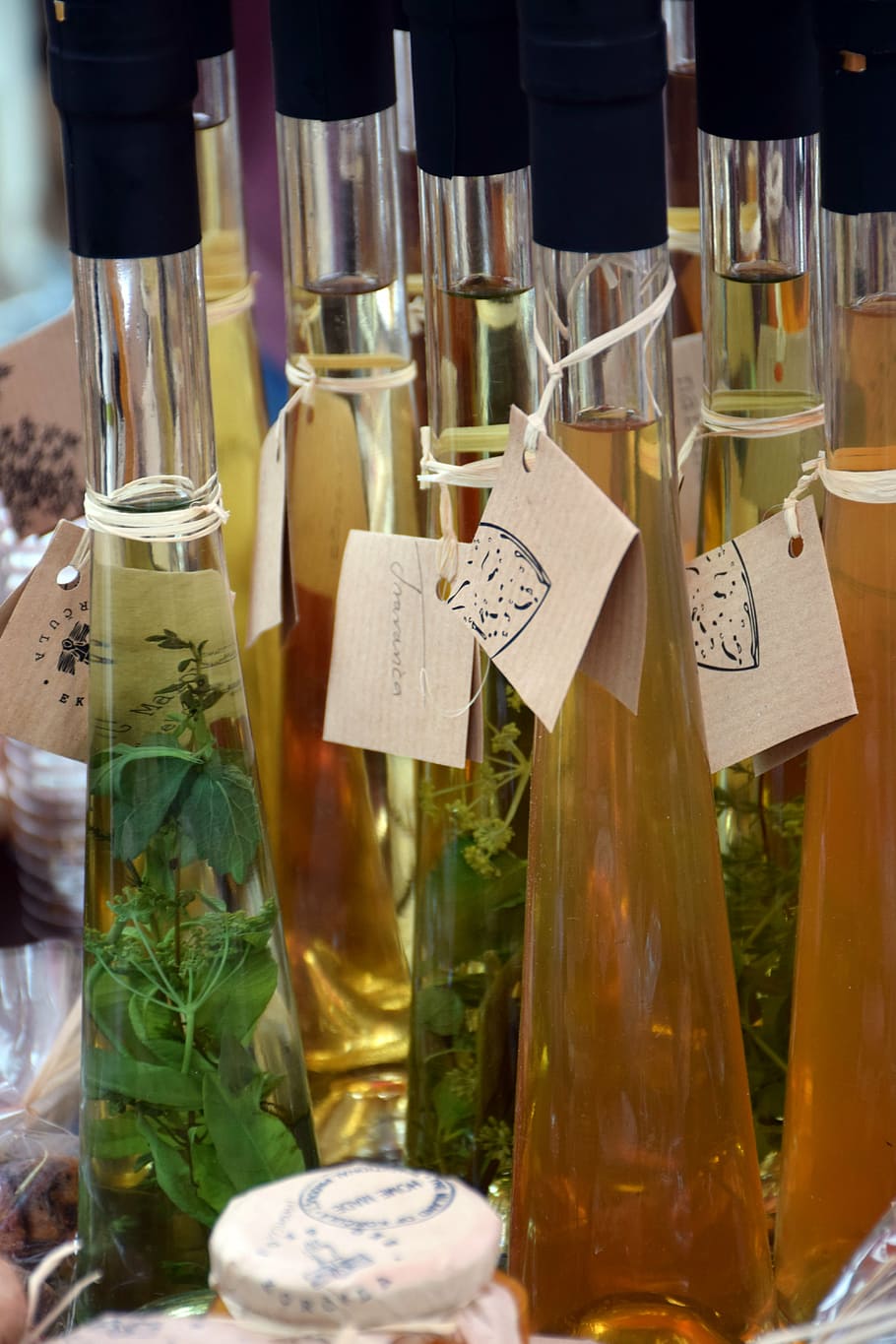
Thirsty yet? As always, there are plenty of resources in our companion recipes to get you started. Check out recipes for rakija, nalewka, and MORE amazing spirits from Central Europe!
Na zdrowie!
Companion Recipes & Resources
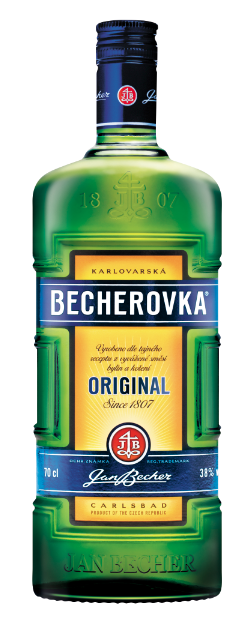
The Unicum - Hungarian Liquer
https://www.f1cookbook.com/blog/the-emperor
https://tastehungary.com/journal/unicum-hungarian-history-in-a-glass/
Rakija - Croatian Spirit
https://travelhonestly.com/rakija/
https://www.expatincroatia.com/how-to-make-lemon-rakija/
Nalewka - Polish Liqueurs
https://epicureandculture.com/polish-nalewka-recipe/
https://www.thespruceeats.com/polish-cherry-nalewka-recipe-wisniak-1135653
https://www.linsfood.com/krupnik-polish-spiced-honey-vodka-liqueur/
https://rantsfrommycrazykitchen.com/krupnik-honey-spiced-liqueur-recipe/
https://www.thespruceeats.com/polish-plum-nalewka-recipe-1135654
https://polishhousewife.com/5-polish-flavored-liqueurs/
https://www.polishfest-ny.org/post/diy-fruit-nalewki-aged-polish-fruit-infused-liqueurs
More Central European Spirits
For those of you who enjoy an occasional aperitif or digestif, we invite you to consider some of the other popular offerings from Central Europe in this category. The famous Czech Beherovka, the Polish Krupnik or the Croatian Pelinkovac, are all equally beneficial and delightful!
(Note: You may find most of these featured Central European spirits at the Athalone Liquorstore right here in Edmonton!)
https://becherovka.com/en/cocktails
https://waywarddistillery.com/shop/wayward-order-krupnik-37
https://www.theliquorbarn.com/badel-pelinkovac-gorki-1l/
https://littlebigslovakia.com/what-is-the-national-slovak-spirit-borovicka/
https://theginisin.com/regulations/introduction-to-borovicka/
https://www.travelgluttons.com/how-to-drink-palinka/
https://www.tasteatlas.com/most-popular-spirits-and-liqueurs-in-austria
